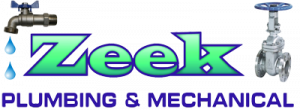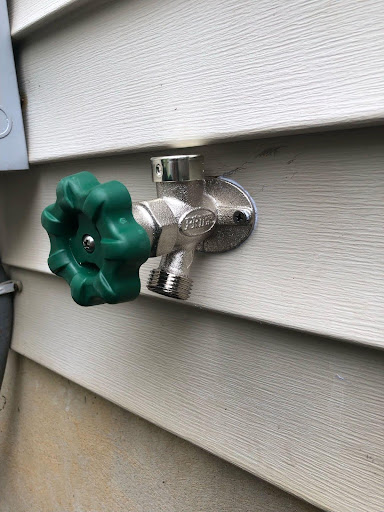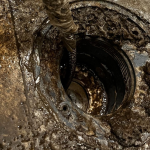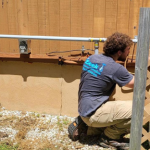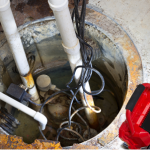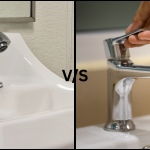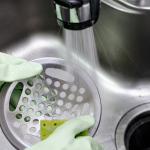A hose bib, also known as an outdoor faucet, spigot, or sillcock, is a fixture on the exterior of your house that provides water access for outdoor needs. It’s the small, often overlooked, faucet where you attach your garden hose. Hose bibs come in various types, offer different features, and are essential for any household. In this post, we’ll cover what hose bibs are, the different types available, how to maintain them, and why they’re an essential part of your home’s plumbing system.
What Exactly Is a Hose Bib?
A hose bib is essentially an outdoor faucet. Connected to your home’s plumbing, it allows you to access water for activities like watering plants, washing your car, or filling a pool. Hose bibs are made from durable materials like brass or stainless steel to withstand outdoor conditions, including temperature changes and weather exposure. Many homeowners don’t think about hose bibs until there’s an issue, but they are critical for outdoor water use and should be installed and maintained properly to avoid costly repairs.
Types of Hose Bibs
⦁ Standard Hose Bibs: These are the most common types and typically feature a simple, hand-operated valve. You can control the water flow by twisting the handle. They’re often made from durable metals but may not be ideal in colder climates.
⦁ Frost-Free Hose Bibs: These are specially designed for cold climates, where frozen pipes can be a problem. A frost-free bib extends the valve into the warmer part of the house, preventing freezing.
⦁ Anti-Siphon Hose Bibs: These come with a built-in anti-siphon device, which prevents contaminated water from back flowing into your home’s water supply. Anti-siphon hose bibs are often required by local codes, especially if you plan to use them for filling pools or connecting to irrigation systems.
⦁ Quarter-Turn Hose Bibs: These offer ease of use, as they open and close with a 90-degree turn of the handle. These are ideal for those looking for convenience or who may have trouble with traditional spigot handles.
Maintenance Tips for Hose Bibs
To keep hose bibs functioning well, regular hose bibs maintenance service is essential. Here are a few tips:
⦁ Winterization: If you live in a cold climate, always winterize your hose bibs by disconnecting hoses, shutting off the indoor supply valve, and draining the water. Consider investing in frost-free bibs if freezing is a frequent issue.
⦁ Check for Leaks: Small drips can waste water and lead to higher bills or ice formation in colder months. Periodically check for leaks around the bib and replace worn-out washers or O-rings.
⦁ Protect from Corrosion: Since hose bibs are exposed to the elements, rust and corrosion can occur over time. Regularly clean the exterior, and if corrosion starts to appear, use a rust inhibitor spray.
Why Hose Bibs Matter
While they may seem like a simple fixture, hose bibs are crucial for many outdoor tasks. If installed incorrectly or poorly maintained,
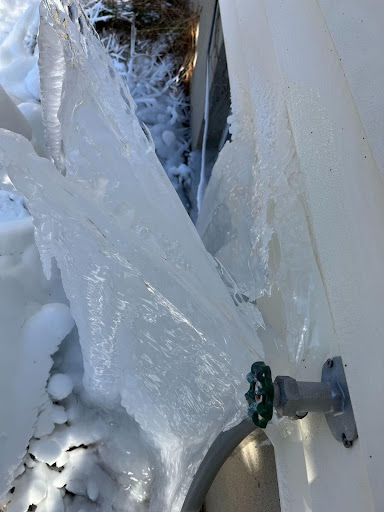
they can lead to water damage, frozen pipes, or even backflow issues. Investing in quality hose bibs and practicing regular maintenance can prevent issues and extend the life of your outdoor water system. Plus, ensuring you have the right type for your climate can make a significant difference in performance and longevity.
In conclusion, a hose bib is an indispensable part of your outdoor setup. Choosing the right type for your climate, installing anti-siphon models for safety, and performing regular maintenance can make outdoor water use hassle-free and prevent unexpected repairs. Whether you’re an avid gardener, DIY car washer, or someone who enjoys filling up a kiddie pool in the summer, your hose bib is a small yet essential home fixture that deserves attention. Call Zeek Plumbing today at 866-635-0200 and we can winterize your hose bibs or replace your old units with brand new frost free hose bibs!
